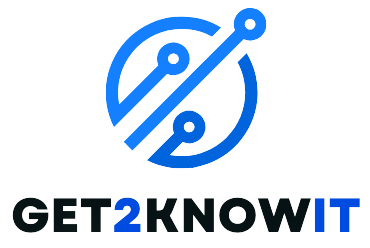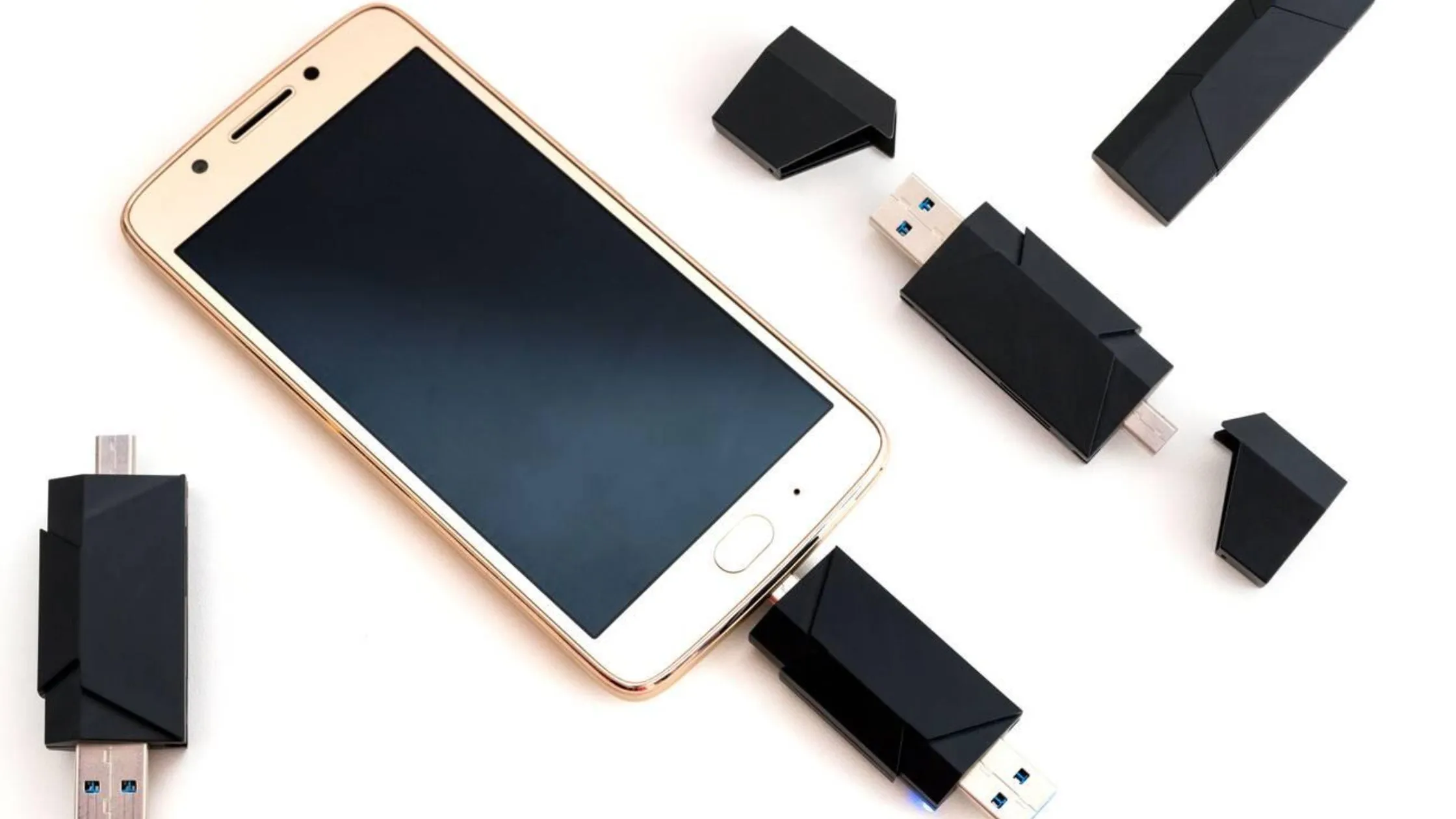In a world driven by technology, the integration of blockchain technology into business operations has emerged as a transformative force. Originally designed for digital currency transactions, blockchain has evolved into a versatile tool, offering efficiency, transparency, and trust across various industries. As organizations embark on the journey of blockchain implementation, its crucial to navigate the process systematically. This comprehensive guide aims to demystify the steps involved in integrating blockchain protocol development services into your business and explores its potential applications.
How to Implement Blockchain for Business?
Blockchains essence lies in facilitating seamless participant transactions through distributed ledger technology. This simultaneous access to information enhances efficiency, removes friction, and builds trust. Scaling solutions becomes rapid and scalable, making it a valuable asset for businesses. To implement blockchain successfully, consider the following steps:
Begin with a Use Case
Identify and organize your business needs by pinpointing the problems you aim to solve. Initiate with a pilot project, evaluate results, and then scale up. Choose relevant use cases cautiously, opting for smaller steps before diving into full-scale implementation.
Create a Proof of Concept (POC) of Your Own
Create a valid Proof of Concept (POC) to evaluate the viability of blockchain implementation in your business. This involves establishing project intent, creating prototypes, and testing them to understand functionality and outcomes. POC acts as a strategic process to guide your blockchain journey.
Make a Careful Selection of Your Blockchain Platform
Choose a suitable blockchain platform based on thorough market research and budget considerations. Popular platforms like Quorum, Ethereum, Stellar, Hyperledger Fabric, Corda, Multichain, and Openchain offer diverse features catering to specific business needs.
Build and Test Blockchain Solution
Prioritize the quality of technology, ensuring valuable consensus and security. Assess compatibility with both public and private blockchains, and implement smart contracts to automate transactions transparently and fairly. Thoroughly test your blockchain solution before implementation.
Operate Network
Initiate your blockchain network by creating the first block to manage the entire chain on production. Use encrypted tokens to activate node communication, ensuring persistence.
Blockchain Activation
Activate the blockchain on the network, considering a hybrid solution for both off-chain and on- chain entities using cloud servers.
Opt for a Consensus Protocol
Select a consensus protocol that suits your business needs. Options include Proof of Stake, Proof of Work, Byzantine Fault Tolerance, Delegated Proof of Stake, and Proof of Weight.
Building The Blockchain Ecosystem
As stakeholders increase, build an ecosystem to foster understanding and trust. Agree on sharing rewards and costs, terms of engagement, and governance mechanisms without bias.
Challenges of Implementing Blockchain
While blockchain promises transformative benefits, its implementation poses challenges:
- Lack of Skilled Blockchain Experts: The industry faces a shortage of skilled developers, but companies are offering competitive incentives to attract and retain talent.
- Complex User Interface: Ensure a simple yet appealing system to accommodate clients who may not be tech-savvy.
- Changing Blockchain Regulations: Adapt and incorporate evolving regulations into business activities.
- Lack of Scalability: Scalability remains a bottleneck, and addressing this challenge requires innovative approaches.
- Security Concerns: Proper encryption is essential to prevent vulnerabilities and threats from hackers.
- Poor Transaction Processing Speed: Transaction Processing Speed (TPS) is a challenge that hampers broader blockchain adoption.
Things to Consider During Block chain Implementation
Navigate through blockchain implementation with these considerations:
- Do Not Yield to Setbacks: Expect failures and issues, treat them as learning opportunities, and continuously improve the blockchain system.
- The Implementation Has to Work: Thoroughly test the system in controlled and real- world settings to uncover potential variables impacting implementation consequences.
- Make Plans for the Future: Prepare for future stages by identifying areas for improvement and ensuring scalability for growth.
- Stay Focused: Stay focused on making incremental improvements to the system rather than radically changing it midway.
10 Applications For Block chain In Your Business
Explore the diverse applications of blockchain in business:
- Paying Employees: Use blockchain for international payroll, leveraging Bitcoin for cost- effective and efficient payments.
- Electronic Voting: Implement Delegated Proof of Stake (DPOS) for secure and efficient voting systems.
- Banking & Finance: Revolutionize the BFSI sector by creating secure and transparent communication between trade and commerce.
- International Payments: Enable secure and quick cross-border transactions by implementing blockchain in international payments.
- Capital Markets: Transform the capital market industry by reducing or eliminating intermediaries through blockchain.
- Trade Finance: Streamline trade finance processes by reducing transaction costs and eliminating operational complexity.
- Money Laundering Protection: Blockchains inherent characteristics make it an effective tool for preventing money laundering.
- Regulatory Compliance and Audit: Simplify regulatory processes and audits by utilizing blockchain to maintain transparent and immutable records.
- Peer-to-Peer Transactions: Facilitate decentralized peer-to-peer transactions globally without intermediaries using blockchain.
- Insurance: Automate claim functions and lower administrative costs by implementing blockchain in the insurance sector.
Conclusion
The successful implementation of blockchain requires a strategic approach, thorough testing, and continuous improvement. As businesses navigate through the challenges, the transformative potential of Blockchain Protocols becomes evident across various applications, promising a future of enhanced efficiency, transparency, and trust.




